|
Kinda ironic that what was once called a "kook cord" is now an integral part of our surfing equipment. Unless you're old school logging you're most likely to have a bit of velcro around your ankle. Here's who you have to thank for saving you the "wipeout equals swim to the beach" scenario... It's an accepted fact that Pat O'Neill, son of famous wetsuit mogul Jack O'Neill, is credited for inventing the modern surf leash back in 1971. Pat used a surgical cord and attached it to his board with a suction cup. He introduced his new invention to the surfing world at the 1971 Malibu international surfing competition.... but he disqualified from the event for wearing it! The general lack of enthusiasm for his new idea was further compounded when an early edition of the leash being used by his dad Jack resulted in his board getting snapped back at him and taking out his eye....and the famous eye-patch wearing image of Jack O'Neill was born. An early version of the leash was invented in the mid-1930s. Tom Blake, an American surfboard designer, attached a 10-foot length of cotton rope from a belt on his waist to his board. No guessing why that didn't catch on! Remember boards back then were 10-12ft monsters that weighed a ton - being attached to it was probably more a hindrance than a benefit! Other homemade rope-constructed surf leashes were occasionally tried in the '50s and '60s. A French surfer named George Hennebutte invented a double-velcro-strapped "footline," with elastic line and a double-velcro ankle strap, in 1958, but it didn't catch on. Joey Cabell tried out his version of a leash while surfing in Tahiti in the 1960's. Back then most of the spots were considered unsurfable due to the dangerous reefs. So Joey decided to copy how the Tahitians tethered their pigs. They tied a rope to a post and the other end to a T-shirt that they would wrap around the pig's leg. That way, the pig could run around, but not get away, and the rope didn't hurt their legs because the T-shirt took the shock from being pulled. Joey used the cloth around the ankle tied to a cord concept and attached the line he used to the fin on his board. He said he took that idea back to Hawaii because "nobody in Hawaii had invented the leash yet." But again - it failed to catch on. Pat O'Neil's version was a questionable contraption of surgical tubing wrapped around the wrist, attached to the board by a suction cup. Despite being far from ideal, it was the start of the movement to become attached to our boards. Surfboard were becoming smaller and faster. Guys were tired of swimming in to fetch their boards and were keen to make their life easier and simply prolong their surfing time. Maybe it's no surprise that the original leashes came from Santa Cruz. Losing your board there meant a long swim to the beach through the maze of sharp rocks and currents. "To Leash or Not to Leash, That is the Question" was the title of a 1972 Surfing magazine article, and for two or three years the debate raged on. Purists reckoned leashes encouraged less-skilled riders to try spots they would have otherwise avoided and that lineups were now more crowded than ever. "Leashes are for dogs" was the unofficial motto of the no-leash group, and leashes were known as "kook cords". By 1975 the pro-leash group had won the debate, and by 1980 it was rare to find a surfer not using a leash. Despite increasing in usage, it wasn't love at first site. Leashes may have saved you the swim in, but they had a habit of turning your board into a guided missile too. Ask Jack about his eye. The surgical tubing would stretch like crazy and then cause the board to recoil at a rate of knots. The bungee cord leashes weren't much better. At least they recoiled less, but would still pull tight around your ankle and cut off blood flow. Plus they had a nasty habit of digging deep into the fibreglass of a surfboard, usually near the tail. The suction cup was thrown out as a kak idea, and guys started drilling holes in their fins through which to attach their leashes. The next innovation was leather or webbing strap for attaching the leash to your ankle (in South Africa it was a rugby sock!), a definite improvement on the bungee loops. Others who didn’t like poking holes in their fins began experimenting with resin and fibreglass “bridges” on the decks of their boards.
Space-age materials in the 80’s such as Velcro soon replaced the leather and webbing ankle straps while urethane replaced bungee cord. The first urethane surf leashes were made by Cadillac Surf Company, the same company that pioneered urethane in skateboard wheels. The modern surf leash is now made of urethane in various colours, thicknesses, with the ankle strap, usually made of Velcro, attached to the urethane with metal swivels. Leashes are attached to the board by a leash cup, which is laminated into the deck of the tail part of the board. New innovations continue: quick-release leashes, rail-savers, single and double-swivel attachments, single and double-wrap ankle straps. Personal fave is a double swivel with built-in leash string. Pick your thickness too. Comp leashes are thinner so as to create less drag, but stick to a normal leash for everyday use if you tend to be out in headhigh surf or bigger on occasion. Off to Indo? - you can grab a thicker one that will survive big waves and big hold downs. How long? Same length as your board or a wee bit longer. Even though the leash might save you swims and other peeps getting your board on their pips, there is still a dark side to the cord. A small number of surfers have drowned cos their leashes have became tangled on an underwater rock or reef. This is probably what happened to Mark Foo at Mavericks back in '94. Parko had a scare at the beginning of this year when his leash hooked a submerged rock, holding him under. “I only had about ten seconds of air left,” he reckoned. After a lengthy hold down, his leash pulled free, and the former world champion reached the surface. “It scared the absolute bejesus out of me,” he said. “I didn’t think I was going to get back up.” Despite the hook-up factor, many big-wave riders claim to have saved their own lives after a long wipeout when they were able to use their leash to "climb" back up to the surface. For the average Jo Surfer they're just a great tool to save you the swim in after every wipeout. But don't let it get you lazy. Specially on bigger days - if you're about to take a set on the head - before you succumb to the inclination to chuck your board and dive, make sure you check behind you first. Cos if there're some peeps there, best you suck it up, take it on the head, and hang on to that board for dear life. Remember to look after your leash if you want it to look after your board. Not such a rad idea to tie it round the tail of your board - cos those sharp fin edges can easily put a lil nick in it. Also, tying it up tends to make it tangle more, as the urethane has some memory in it so tying it round the board puts kinks in it - which then get tangled up round your legs out in the line-up. Just leave the leash free when you store your board.
Got a leash that does nothing but coil around your leg? Attach one end to a doorknob or burglar bar and pull it out taut, stretching the leash, and hang on to it like that for a bit. Then hang it up somewhere for a few days to allow it to straighten it out. And keep an eye on those swivels - the salt water erodes them after a while, so if they're looking a bit white n crusty expect a snap there sooner rather than later. A really solid day on a rocky shore? Check your leash for nicks before you paddle out. Rather safe than sorry! Comments are closed.
|
AuthorMillerslocal Archives
July 2021
|
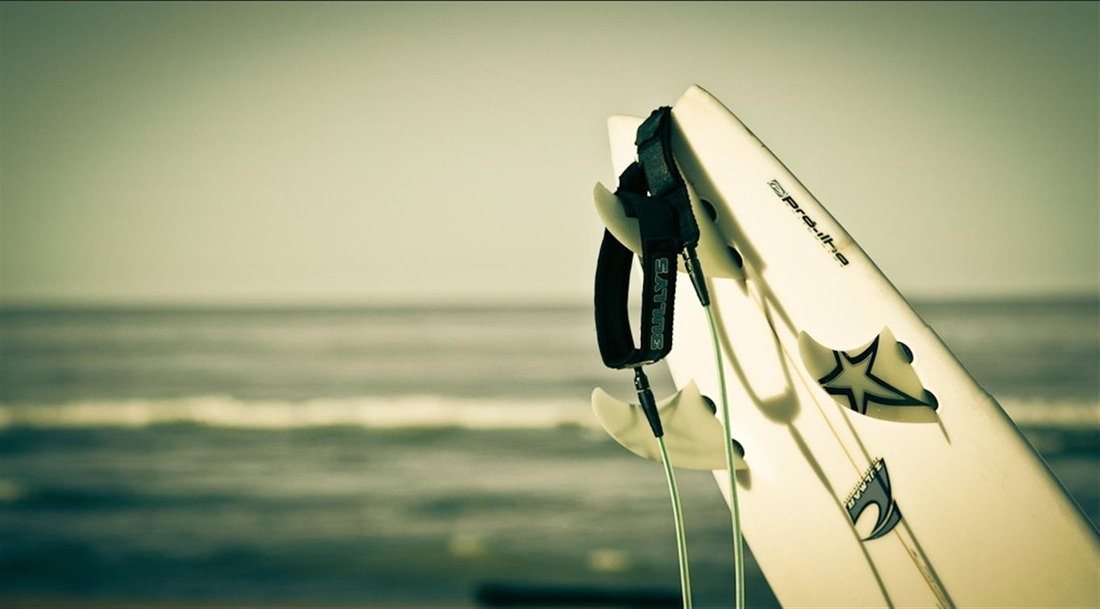
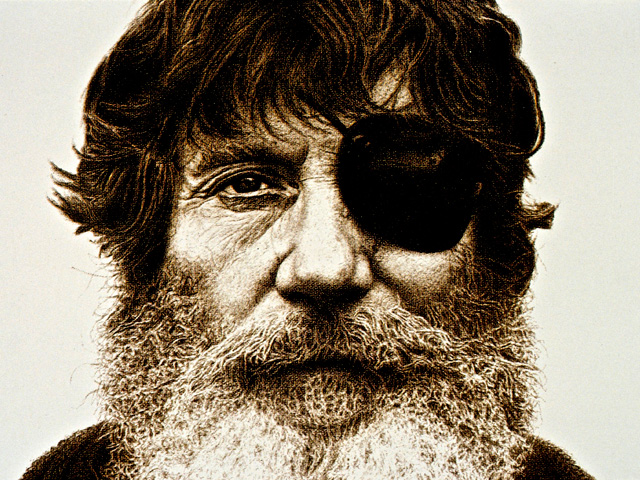
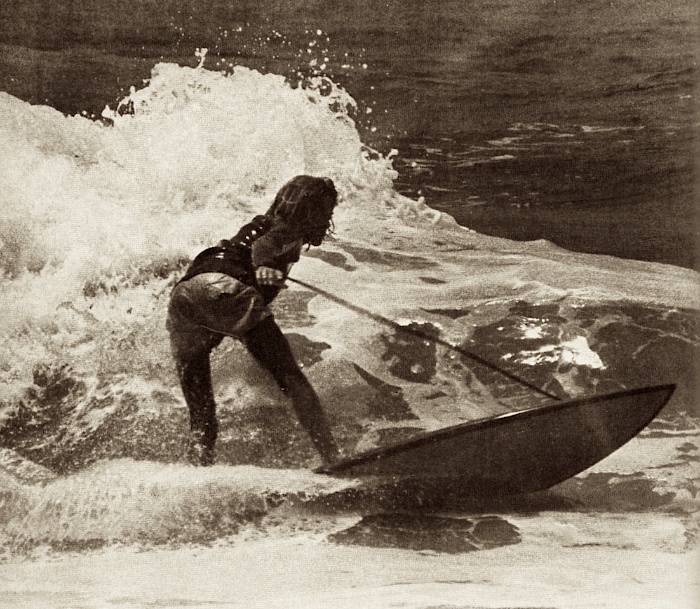
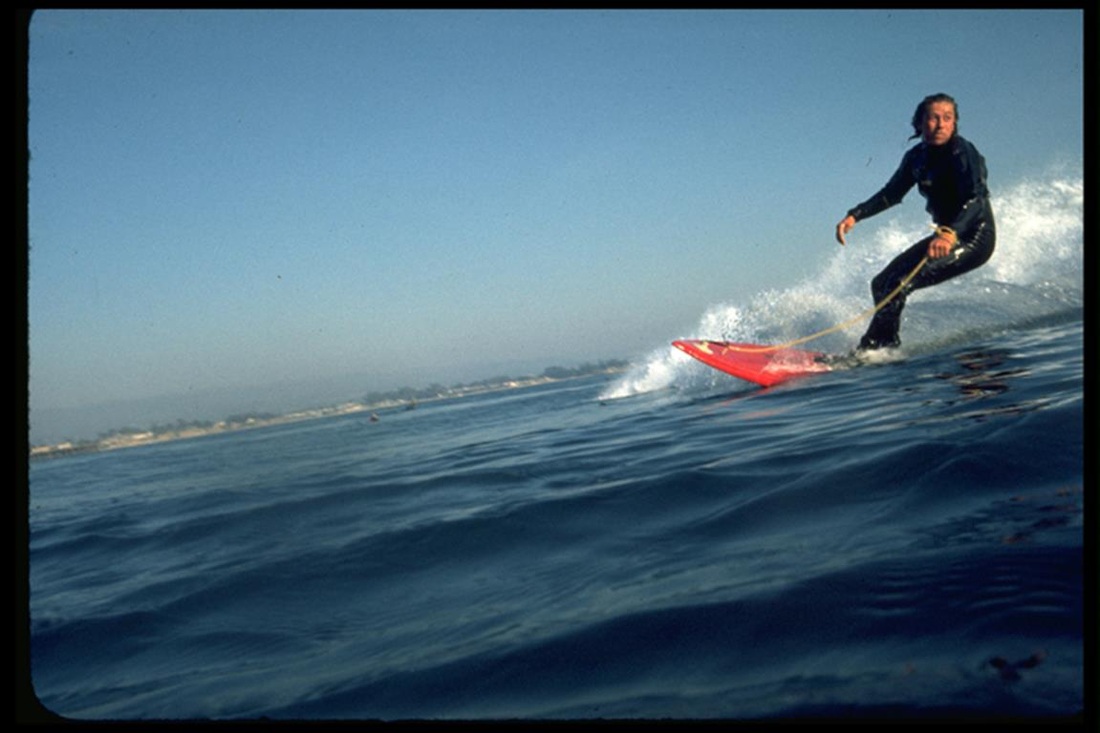
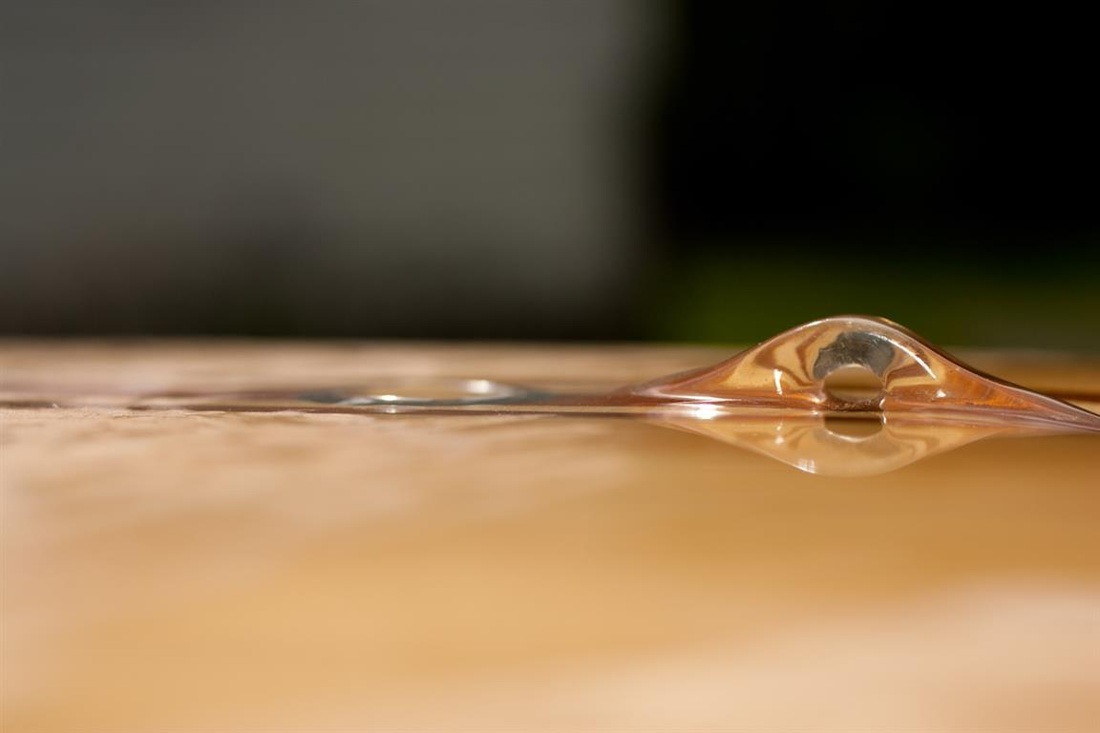
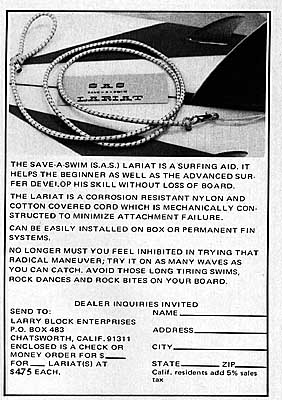
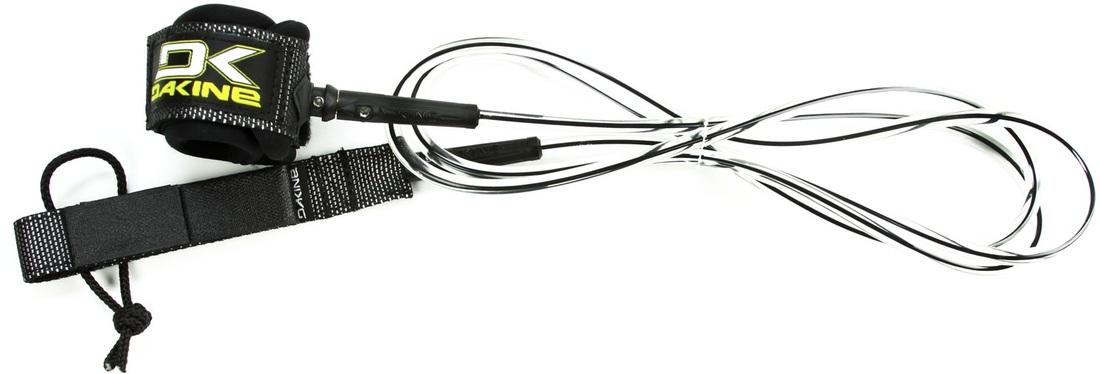
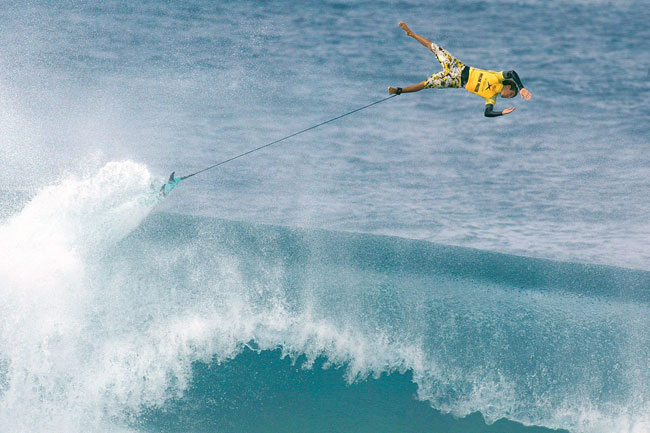
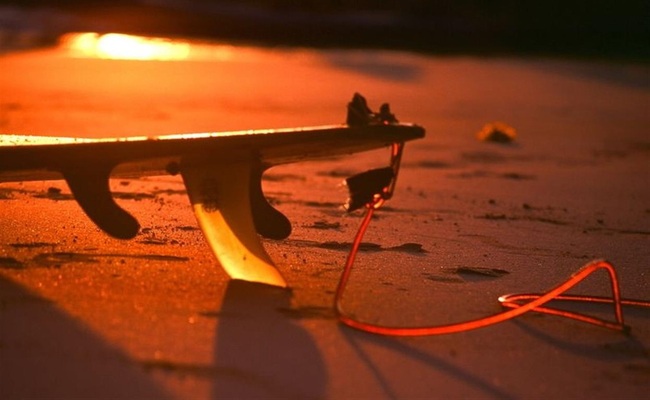

 RSS Feed
RSS Feed
